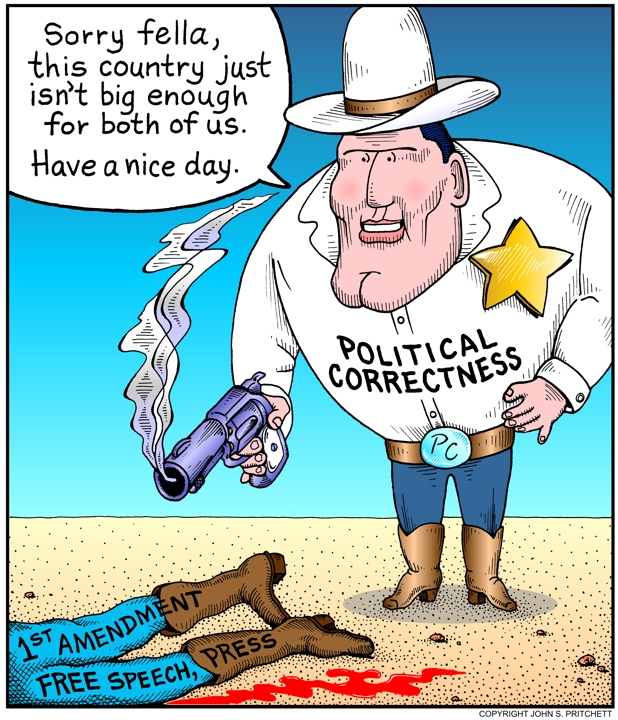
Article by Nicholas J. Kaster in "The American Thinker":
In his new book The Age of Entitlement: America Since the Sixties, Claremont Institute scholar Christopher Caldwell explains how the Civil Rights Act of 1964, the landmark legislation designed to end segregation in the South, gave unprecedented power to Washington and ended up dividing the country.
To be sure, Caldwell recognizes that Jim Crow was immoral and needed to be eradicated. But in doing so, he contends, the law enacted permanent emergency powers that vastly increased federal control over the private lives of Americans. The law created new crimes, outlawed discrimination in almost every aspect of public and private life and exposed nearly every facet of American life to direction from bureaucrats and judges.
What had seemed in 1964 to be merely an ambitious reform revealed itself to be something more. Caldwell writes:
“The changes of the 1960s, with civil rights at their core, were not just a major new element in the Constitution. They were a rival constitution, with which the original one was frequently incompatible--and the incompatibility would worsen as the civil rights regime was built out.”
This seems like extreme language today, but there were prominent figures at the time who pointed out that the civil rights laws were on a collision course with the Constitution. Presidential candidate Barry Goldwater and law professor Robert Bork both pointed out that the Act created conflicts with the constitutional protections accorded to private property and freedom of association.
“Those who opposed the legislation,” Caldwell observes, “proved wiser about its consequences than those who sponsored it.”
When de jure segregation was ended, the vast powers transferred to the federal government were not scaled back; on the contrary, they intensified.
The law made legal equality a fact of life, Caldwell notes. However, within a few years of its passage, legal equality was deemed insufficient. The next step was “affirmative action,” explicitly authorized by the Act as equitable relief where a business had “intentionally” engaged in discrimination. However, as Caldwell notes, “the judges who interpreted it wound up explicitly repudiating race neutral solutions.”
The pivotal case was Griggs v. Duke Power Co. decided in 1971 by a unanimous Supreme Court. At issue was the legality of employment tests the company administered to job applicants. The tests were professionally developed and the company had no intention of discriminating against any applicant.
Nevertheless, the Court ruled against Duke Power, holding that even a facially neutral employment test could be illegal if it had a “disparate impact” (that is, if significantly more minority than white applicants failed). The Griggs decision, said Caldwell, “made clear that the government was now authorized to act against racism even if there was no evidence of racist intent.”
To a greater extent than ever, policy was made by regulatory bodies. “For instance,” writes Caldwell, “no law required busing to desegregate schools... But after 1966, the [Office of Civil Rights] issued guidelines that set percentage targets for black student populations and opened the door to busing.”
The Supreme Court in the 1978 Bakke decision condemned “quotas,” but then allowed them to creep in through the back door, recast as programs to promote their interest in the “diversity” of their student bodies (“an interest,” Caldwell notes mordantly, “that many universities had not realized they had.”)
Needless to say, none of these policy ideas, from busing to affirmative action, had popular support. But they rolled on nonetheless, supported by the new regime of political correctness, which proved to be the enforcement arm of the civil rights revolution.
Caldwell traces the origins of PC to the student upheavals of the late 60s, especially the five-month strike organized by black students at San Francisco State that led to the establishment of ethnic studies departments at all major universities by the end of the 70s.
Caldwell notes that:
“Political correctness was a top-down reform. It was enabled not by new public attitudes toward reactionary opinions but by new punishments that could be meted out against those who expressed them. The power of political correctness generally derived, either directly or at one remove, from the civil rights laws of the 1960s.”
Since businesses were now vulnerable to suits for discrimination, whether they had engaged intentionally in it or not, it was in their interest to go along with affirmative action as a preemptive strategy. “Corporate leaders, advertisers, and the great majority of the press came to a pragmatic accommodation with what the law required, how it worked, and the euphemisms with which it must be honored...”
Accordingly, businesses began to embrace and even promote identity politics. In addition, the Act’s protections were expanded to a host of other accredited victim groups, including (improbably) immigrants. In time, and so slowly that hardly anyone noticed, the law that was enacted to free Southern blacks from the indecencies of Jim Crow has led to demands for transgender bathrooms.
Toward the end of the book, Caldwell writes, “Republicans, loyal to the pre-1964 constitution, could not acknowledge (or even see) that the only way back to the free country of their ideals was through the repeal of the civil rights laws.”
This is the most provocative statement in the book, yet it has the feel of a throwaway line. The author surely knows that ending the Civil Rights Act is not politically feasible.
But we could push for two major changes. First, eliminate affirmative action once and for all and make civil rights law color blind. Second, strike back at PC by enforcing freedom of speech on campuses so that students are exposed to a diversity of opinions and not just a diversity of races and genders.
Caldwell’s central narrative is sound: the civil rights laws that were meant to bring us together are pulling us apart. If we are to avoid a cultural civil war, we need to restore a single constitution for all Americans, not two constitutions for rival factions. These two reforms would be a starting point.
